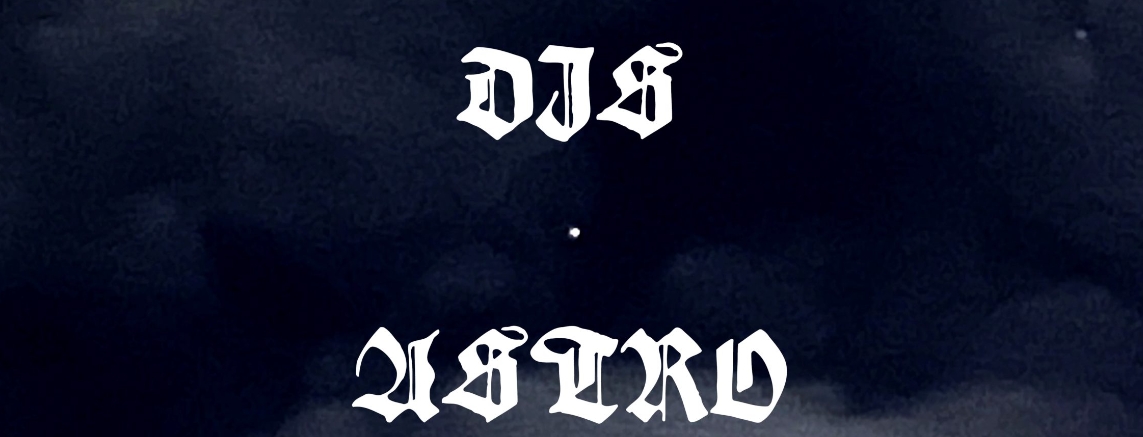At the turn of the year 2019/2020, I saw several posts on social media of spectacular sunsets. The images were accompanied by texts that described the colorful skies as a sign that the coming year would be successful. Meanwhile, my news feed was filled with images of red skies from a burning Australia. In both cases, they were the result of emissions and human impact, but the various phenomena were interpreted very differently.
In her book A Paradise Built in Hell, Rebecca Solnit describes how a blackout in 2003, for the first time in decades, made the starry sky visible over New York. Previously it had been hidden by the city’s electric lights. What the authorities first feared would be a disaster instead became a situation of cooperation and neighborliness. Street parties where residents shared what they had became a regular occurrence under the starlit August sky. Following this, Solnit chooses to explain the origin of the English word disaster, and how it is a combination of the Latin words dis and astra, which respectively mean without and star; literally without a star.
Sometimes crises become occasions that force us to look at the structures and behaviors that gave rise to them. These states of confusion or shock can force us to admit that the perception we have of our relationship to the outside world is incorrect. That we are lost. Normally this is not something we seek and often I think instead we seem to be trying to find ways to distract ourselves, or to fit aberrant experiences into narratives that are elastic enough to allow them. Everything to avoid admitting that something is wrong. When a crisis finally cuts through the noise of information and entertainment, we find ourselves in a situation where we need to orient ourselves. Find cardinal points and guiding stars that can be used to chart a new direction.




